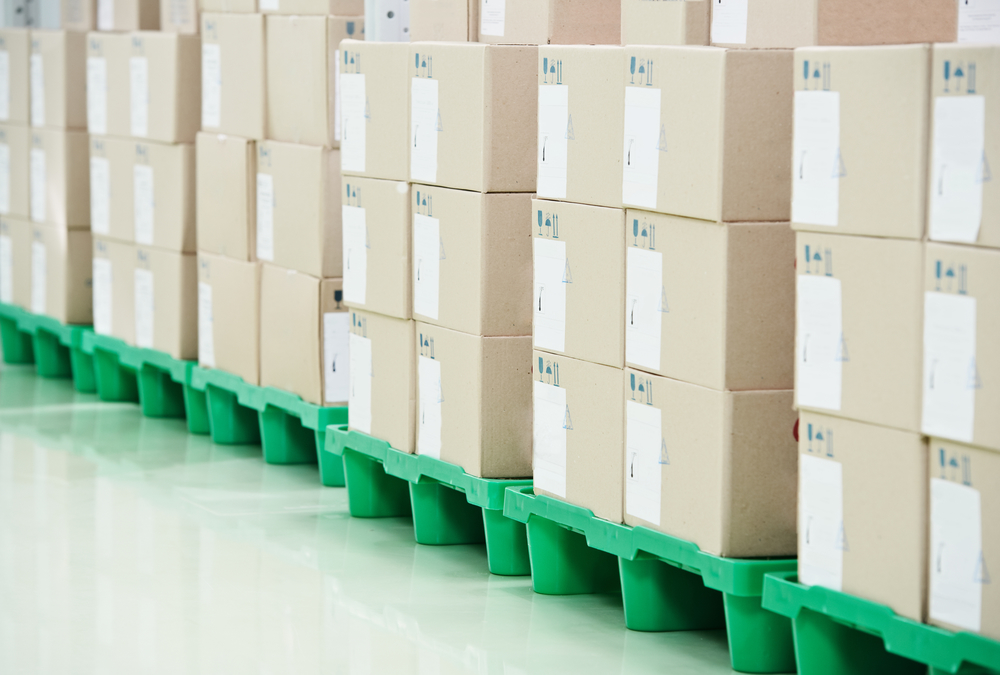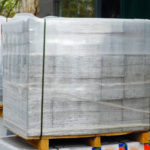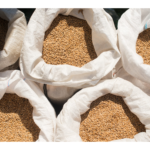Have you ever wondered why sometimes your package arrives looking a little worse for wear? Well, it might just be because of the environment it traveled through. That’s right – environmental conditions can have a big impact on your packaging. These factors can vary a lot depending on where your package is being shipped to and from.
Receiving or sending packaged goods damaged by environmental conditions can have a major impact on your bottom line. Environmental conditions can affect packaging by things such as rain, sunlight, and winds if not protected. It’s important to understand the ways your packages can be damaged and the steps you can take to prevent damage.
SUNLIGHT, HUMIDITY, AND HEAT DAMAGE
Your packages can be exposed to sunlight, humidity, and heat damage in transit depending on your shipping route. Extreme temperatures, especially in uncontrolled environments like cargo holds, can affect the integrity of packaging materials and the stability of contents.
Sun damage occurs when your packages have been exposed to too much sunlight and can affect the appearance of your packages. Sunlight exposure can leave your packages whitewashed, making them harder to read. Humidity can weaken packaging materials like cardboard and paper, leading to tears and breaks. It also creates ideal conditions for mold and mildew growth. Labels may smudge or peel off, and perishable items can spoil faster. Heat damage can also negatively affect your packages, especially depending on the type of product that you are shipping. Understanding the effects of heat damage is especially important if you are transporting food or liquids. With heat damage, foods, and liquids can go bad quickly. Products with paints and plastics can also melt under extreme heat.
WATER DAMAGE
Water damage can also be unfortunately common in the transit process. Your packages can receive water damage for many different reasons, some of which can easily be in your control. The most obvious way your packages can receive water damage is by rain, which can seep through to your packages if shipping containers aren’t sealed properly.
Contrary to popular belief, rain isn’t the most common form of water damage to packages. Container rain, also known as container sweat, is one of the most common forms of water damage to imported goods. Container rain happens when water accumulates on the coldest parts inside the freight container, falls, and spreads throughout the container. This can happen as often as every 24 hours during the package’s journey.
ALTITUDE
Believe it or not, altitude can also affect your packaging. When your package is traveling through different altitudes, especially during air transport, it’s subjected to changes in air pressure. As altitude increases, the air pressure decreases. This change in pressure can have several effects on your packaging:
- 1. Expansion and Contraction: Sealed packages, especially those containing air or other gases, can expand or contract as they move to higher altitudes. This is because the pressure inside the package remains constant while the external pressure decreases. For example, a sealed bag of chips might puff up at higher altitudes due to the decrease in external pressure.
- 2. Bursting: In extreme cases, the decrease in air pressure at higher altitudes can cause sealed packages to burst open. This is more likely to occur with packages containing liquids or gases that are under pressure. For instance, a bottle of carbonated soda might leak or explode if not properly packaged for air travel.
- Seal Integrity: The integrity of seals on packages can be compromised at higher altitudes. Sealed packages like those with adhesive closures or zip-lock bags, may experience leaks or openings due to the difference in pressure between the inside and outside of the package.
- Packaging Materials: Certain packaging materials may behave differently at higher altitudes. For example, materials like plastic or rubber may become more pliable, while materials like paper or cardboard may become more rigid.
To mitigate the effects of altitude on packaging, it’s important to use appropriate packaging materials and techniques.
WAYS YOU CAN PREVENT ENVIRONMENTAL DAMAGE
Millions of containers are shipped across the world every year and 10% of those are discarded due to water damage. This results in millions upon millions of dollars worth of packages being wasted per year. Here are some of the ways you can prevent water damage from happening to your packages:
- Ventilating shipping containers – Ventilating your shipping containers results in less condensation within the container allowing the container to breathe and not accumulate moisture
- Dehumidifiers – A dehumidifier can help eliminate moisture from the container
- Grafotherm – Grafotherm is a non-condensation coating that retains moisture within its structure
- Container lining – Container linings help control the temperature of the container, preventing temperature changes that may result in condensation
You should take every step possible to prevent water damage to your packages. This water damage can result in thousands or even millions of dollars worth of damage.
OTHER WAYS YOUR PACKAGES CAN BE AFFECTED
Environmental conditions aren’t the only way your packages can be affected during transit. Your packages can be damaged in transit when trucks bounce over roads or if items fall during transit. Items falling can also result in packages getting lost or getting mixed up with other packages.
Stacking packages in trucks, warehouses, or storage facilities can subject lower packages to excessive weight, leading to compression or crushing of the packaging and its contents. Exposure to moisture, whether from rain, snow, or condensation, can lead to water damage, warping, or deterioration of packaging materials, as well as the contents inside. Rough handling during loading, unloading, and transit can lead to packages being dropped, thrown, or crushed by heavy items. This can cause structural damage, dents, or punctures to the packaging.
Theft is also a very real concern with packages. If your items aren’t properly stretch-wrapped or packaged, thieves can easily access your packages and take whatever their heart desires. Stretch wrapping is a great way to prevent your packages from falling victim to thieves while in transit.
WESTERN PACKAGING CAN PROTECT YOUR PACKAGES
To minimize the risk of damage during shipping, it’s important to use sturdy packaging materials, provide adequate cushioning for fragile items, secure packages tightly, and label them appropriately to indicate special handling instructions.
Western Packaging offers products that can help you protect your packages while they are in transit. We offer items such as stretch film, bulk bags, and straps that can help keep your packages safe. Don’t let environmental conditions affect your packaging! You can take steps to make sure your items arrive safe and sound. Your recipient will thank you for it!






Sorry, the comment form is closed at this time.